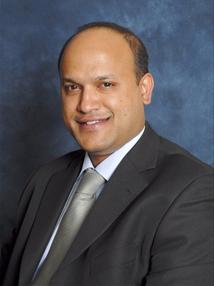BibTex format
@article{Saleh:2015:10.1016/j.jocn.2014.05.049,
author = {Saleh, Y and Marcus, HJ and Iorga, R and Nouraei, R and Carpenter, RH and Nandi, D},
doi = {10.1016/j.jocn.2014.05.049},
journal = {J Clin Neurosci},
pages = {280--285},
title = {Bedside saccadometry as an objective and quantitative measure of hemisphere-specific neurological function in patients undergoing cranial surgery.},
url = {http://dx.doi.org/10.1016/j.jocn.2014.05.049},
volume = {22},
year = {2015}
}

